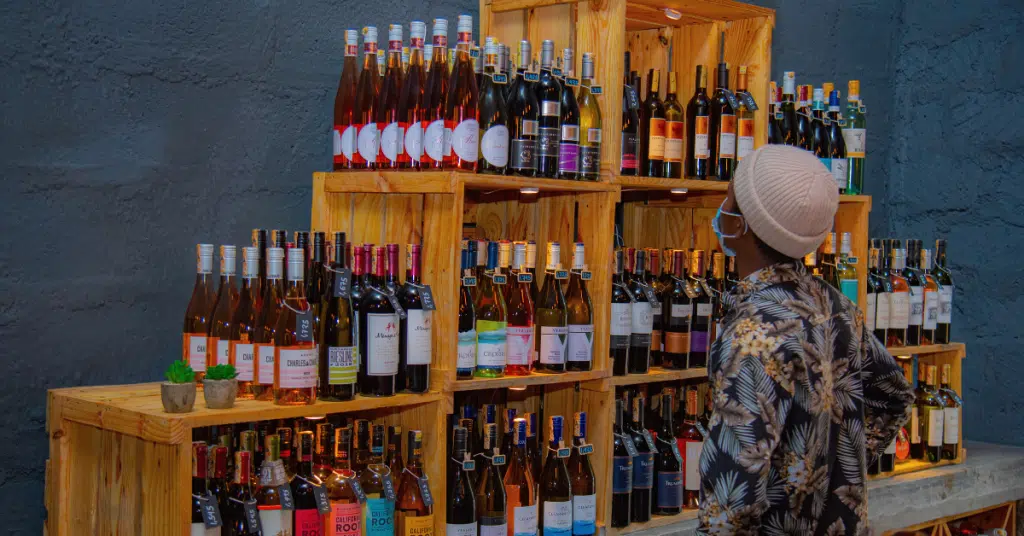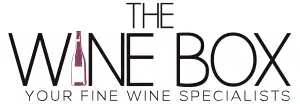How To Read Wine Labels

Choosing a bottle of wine can sometimes be initimidating, especially if you are not sure what information to look for on the labels. In this article we explain how to read wine labels to find the information you need, so that when you next visit a wine shop or your favourite eCommerce store you can make your choice with confidence.
Reading the front label
Each bottle of wine displays two wine labels, one at the front and one at the back. The winery uses the front label to show off its brand, so this label is designed to catch your eye. But it does carry the most important and relevant information about the wine within the bottle, so it helps to know how to read the label. There is no set format for which information comes first; however, as a general rule, the four most important pieces of information contained on the front label are:
Name of the winery
The winery (producer of the wine) usually displays its name prominently on the front label. The winery name is part of its branding, so this makes sense. The brand image may be consistent across all its wines, which makes it easier for you to spot the labels in the wine shop; however each winery may produce different ranges of wine with labels that appear quite different. For example, there may be a premium range and an “everyday” range; and sometimes others such as single block or sparkling wines. In this case, the look of the label will be consistent across the range.
Name of the wine/grape varieties
As you are probably aware, there are many different types of wine, produced from many different grape varieties. Each variety produces different flavours and aromas in the wine. Winemakers may choose to produce a wine using a single grape variety (known as a varietal) or a blend of two or more. Usually, the name of the wine is the same as the grape it is made from; so you might look for a Chardonnay or a Pinot Noir, for example.
When you read more than one grape variety on the label, the first one listed will be the predominant grape, then the second will be the next largest component, and so on. This indicates what the predominant flavours of the wine will be. Sometimes wineries give their blends unique names rather than, or as well as, stating the exact composition of the blend.
Where the wine comes from
In wine-speak, “where the wine comes from” is called its appellation. Often this just means the country of origin, but more commonly the region is specified. This is important because wines produced in different regions from the same type of grape can taste quite different. Wine shops and eCommerce stores usually arrange the wines by appellation, then by varietal.
Vintage
The label will almost always show a year (date) displayed next to the name of the wine (e.g. 2021). This is not the date the wine was released, which makes wine different from most other products. Instead, the date shown is the year the grapes were harvested; this is known as the vintage. Vintages are important because climate and weather during the growing season heavily influence the growth of the vine and grapes; this means you will notice differences in the flavour of wine produced from the same vineyard from one year to the next.
Sometimes you will see the words “non vintage” or “NV”, often on sparkling wines. This means the winery sourced grapes from different harvests in order to create a consistent style of wine.
Other information you may find on the front or back labels
Several other pieces of information may be relevant to your choice of wine, so it’s important to read both the front and back labels. Not all wineries add extra details to their labels, however you may find the following useful:
Style of wine
Sometimes a winery will indicate the “style” of wine; for example, whether it is oaked or unoaked (this refers to how the wine is aged and contributes to its flavour profile); whether it is dry, medium or sweet; whether it is light or full bodied; and if it is sparkling.
Awards
Wines that have won awards will prominently display extra labels on the front of the bottle. If you are looking at two bottles of wine which look quite similar in terms of appellation, grape variety, style and vintage, but one has won an award, you can be fairly sure that it will be a good wine to choose.
Tasting notes
Sometimes wineries supply brief notes about the flavours and aromas of the wine on the back label. Occasionally they make food pairing suggestions – if you’re on the way to dinner with friends this can be very helpful!
Production information
The back label is also where the winery may present more specific information about the wine and its production. For example, you might find contact details for the winery (and sometimes the importer); the alcohol content (this is sometimes displayed on the front label); whether any allergens have been used in making the wine; and cellaring information (how to store it).
Now you can pick the best
Being able to read and understand the essential information presented on wine labels enables you to make informed choices about the wine you buy. However, wine labelling regulations vary around the world. For example, not all countries require wine producers to list allergens used in the making of their wine, such as egg products to make the wine clearer (which would be important to know if you are allergic to eggs – or vegan). Those that do label honestly help you make better wine buying decisions by giving you more of the information you need to make your choice.
Now you know how to read wine labels, you will feel more confident to select better quality wines within your price range. May we suggest you practise your new skill by shopping TWB Cellar Limited online store? We have Kenya’s best selection of wines to suit every price point. And if you’re interested in particular wine regions or specific winemakers, check out our blog articles here. Happy shopping!
